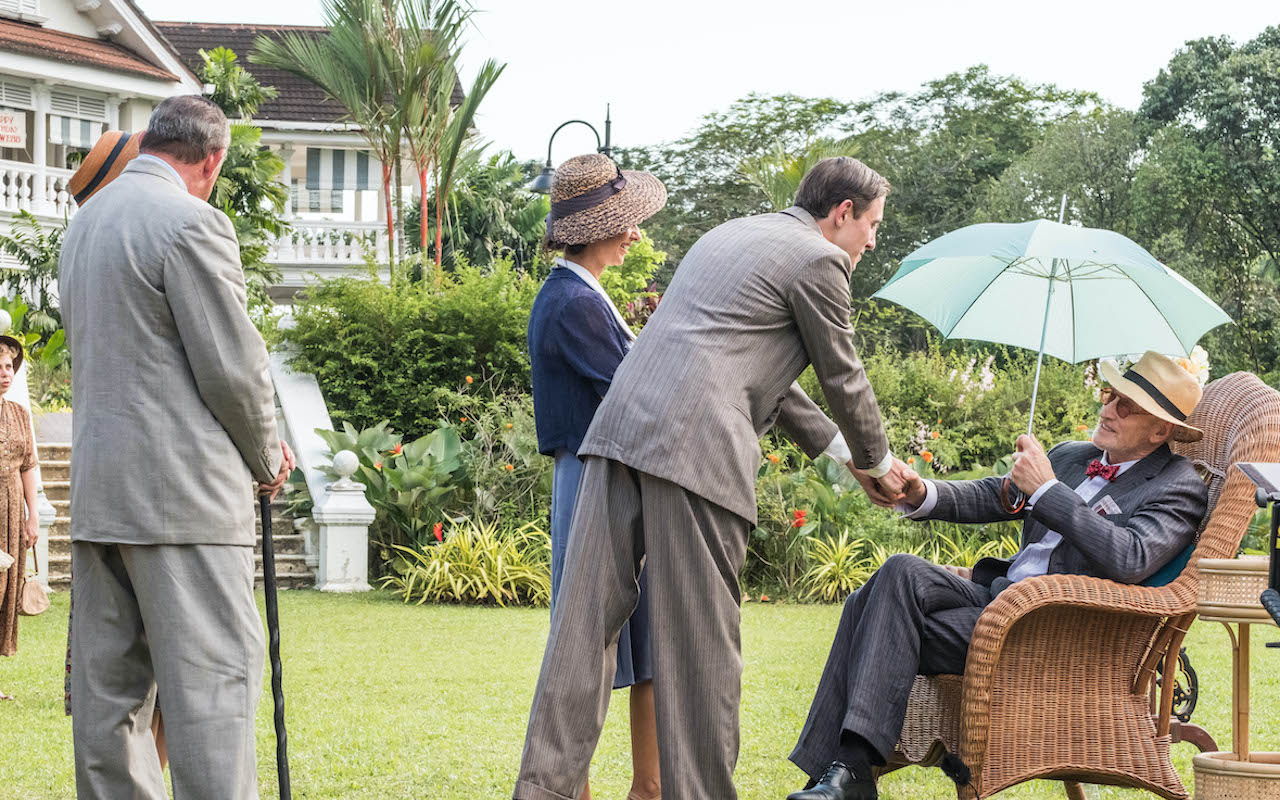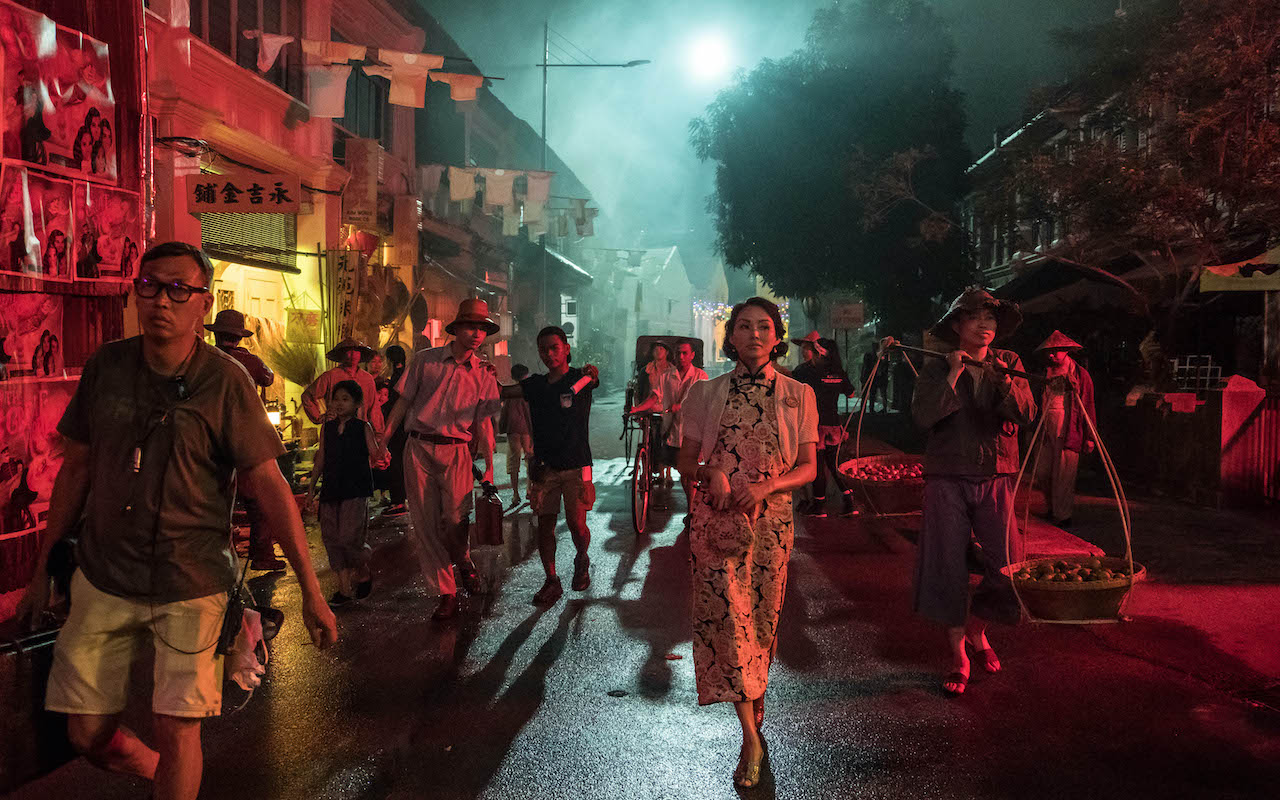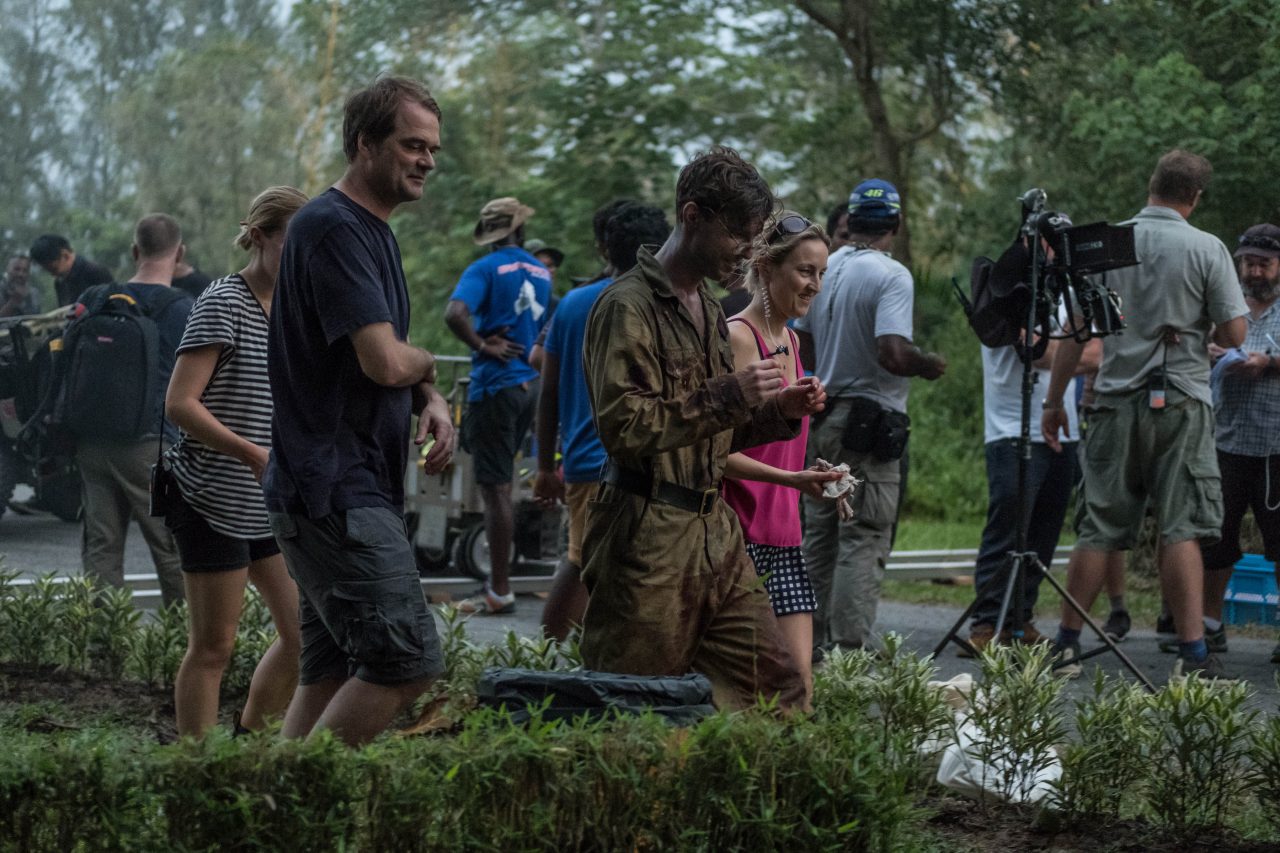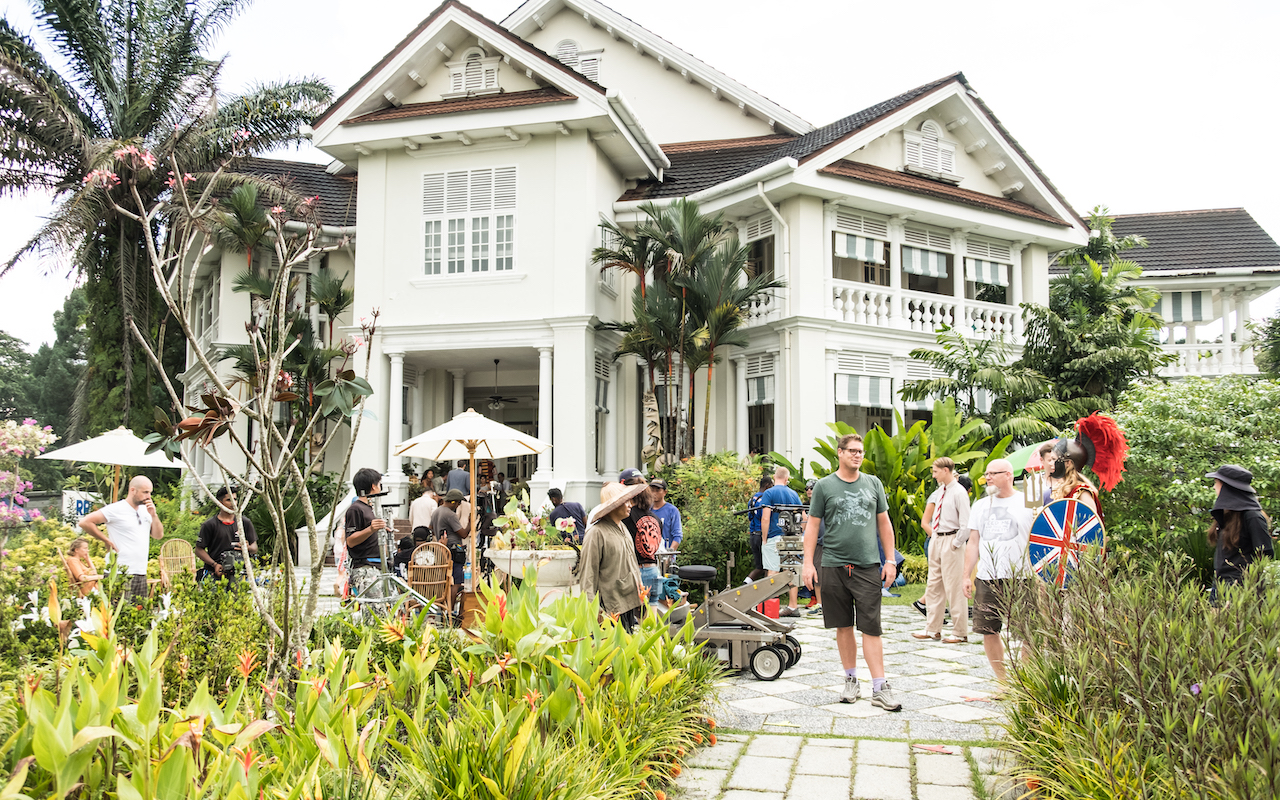Singapore might have gotten famous thanks to Crazy Rich Asians, but now there’s another show that’s presenting a different side of The Little Red Dot back to the world. The Singapore Grip, a new series from British channel ITV showcasing life in Singapore in the 1940s, is now showing on BBC First.
Adapted from Lost Man Booker Prize winner JG Farrell’s 1978 novel of the same name, it’s about a British family living in Singapore and how their lives and businesses get upended following the Japanese occupation of Singapore in World War II. From tragedy and war to ruthless business dealings and love triangles, there’s plenty of drama to savour in this new production.
We speak to its director Tom Vaughan on the difficulties moving the book onscreen, as well as his experiences working with big names such as Charles Dance of Game of Thrones fame.

What were some of the places you visited on your pre-production trip to Singapore?
I visited Singapore in 2018 before starting production on The Singapore Grip. I was there to research locations and to do some background research on the history. I stood where the British officers watched as a hole was blown in the Causeway in 1942. I looked around the old airport at Kallang, St Andrew’s Cathedral and the Padang. I walked all around Collyer Quay and went into the Fullerton Hotel, the boat basin and Anderson Bridge. I tried to see Raffles Hotel but it was closed for refurbishment so I could only glimpse from the outside. I walked into Chinatown and visited the Chinatown Heritage Centre. It gave me a strong sense of how people lived at the time. I took a trip out to Tanglin to look at the big old colonial houses, one of which was the inspiration for the characters’ home in The Singapore Grip.
What kind of series were you hoping to produce?
I wanted to make a series with a lot of scale that captured something of life in Singapore in 1941. I wanted to show the gilded lives of the rich colonial class but also to illustrate something of how life was for people living and working in Chinatown. I hoped to put on screen a rich, colourful but believable world. I want an audience to become involved in the lives of the characters and to learn something of the history of this dramatic time in Singapore and beyond. Tonally it is a drama, but I think people are pleasantly surprised by how much humour there is in the piece even at some of its darkest moments.

The themes explored here are hefty, such as colonialism, elitism and materialism, among others. Do you feel you dealt with them well?
I’ll have to let the audience decide whether we dealt with the themes well! JG Farrell who wrote the novel did lots of research into Singapore in this period and wove that into a brilliant epic book, and we had the incredible Sir Christopher Hampton adapt that book into our screenplay. I was led by them so that took some of the pressure off me, but we were always conscious of trying to do a fair telling of history and to make a true depiction of Singapore and life at the time. I hope people can enjoy the characters as they play out some of these themes in entertaining ways.
What kinds of research did you have to do before starting the project?
I watched all the archive and documentary film I could find from around this time. There are wonderful news reels from before and during the war that we made good use of. I read a number of books about the history of Singapore and of the Fall of Singapore. I also read first-hand accounts from people who were there at the time. The production team did their own extensive research and brought considerable expertise to recreating in great detail the 1940s in Singapore through authentic locations, sets, costumes and hair and makeup.

What was it like working with Luke Treadaway, David Morrissey and Charles Dance?
One of the most important parts of my job as director is to pick the right actors to play the characters. In this case, I’m happy to report that we got it right. They all came so well prepared and with a great handle on their individual characters so much so that I could worry about all the other aspects of production. Luke brought great intelligence, understanding and commitment to the role of Matthew and gave him a beautiful subtle comic twist. David absolutely embodied the power and certainty of Walter Blackett and gives a performance of immense force, cunning and wit. Charles – whom I’ve worked with before – was a joy and as charming as you might imagine. He cared deeply about his character Mr Webb and as a result made him into a wonderful presence with a deep resonance across the piece. All three were absolutely professional during their more physically challenging moments on screen, whether it was long humid night shoots for Luke, firefighting surrounded by water, smoke and flames for Charles or escaping a burning warehouse then falling into a knee-deep pool of whisky for David – and I don’t think it was real whisky!

Could you share some challenges you faced making this film?
The climate in this part of the world was a new challenge for me and a lot of the international crew and cast. We very much looked to our local colleagues on the film set to show us what to do. For example, most days there was a buildup of clouds and the threat of an electrical storm, which would mean we’d have to stop filming. Lightning and film lights don’t mix so we’d have to stop work and run inside whenever it looked bad. We had a lightning metre on set that was supposed to tell us when the storm was about to hit but we quickly found it was much safer to look to our local crew members – if they were running for cover, we knew it was serious.
Furthermore, we had to go to great lengths to get the correct authentic equipment for our wartime scenes – sourcing costumes and weapons from all over the place. We really needed a particular Japanese tank for one key sequence, and we couldn’t find one to use so the art department had to make one using plans they found in a book.
Finding exactly the right location to film the Battle of Slim River was tough and took us a long time to work out. It ended up being the last thing we shot.
What are you hoping for people to take away from the show?
I hope in the first instance people are very entertained by the show and enjoy the experience of Singapore in 1941 and the rich cast of characters. Beyond that, as a Brit, it was a revelation to me learning about the Fall of Singapore and the kind of society that preceded it. I was definitely not taught about this at school. I hope other people who maybe don’t know much about this part of the world and its incredible and fateful history will also find it of interest.
SEE ALSO: 5 heritage neighbourhoods to visit in Singapore
The post Interview: TV director Tom Vaughan on what it took to recreate 1940s Singapore appeared first on SilverKris.
from SilverKris
No comments:
Post a Comment